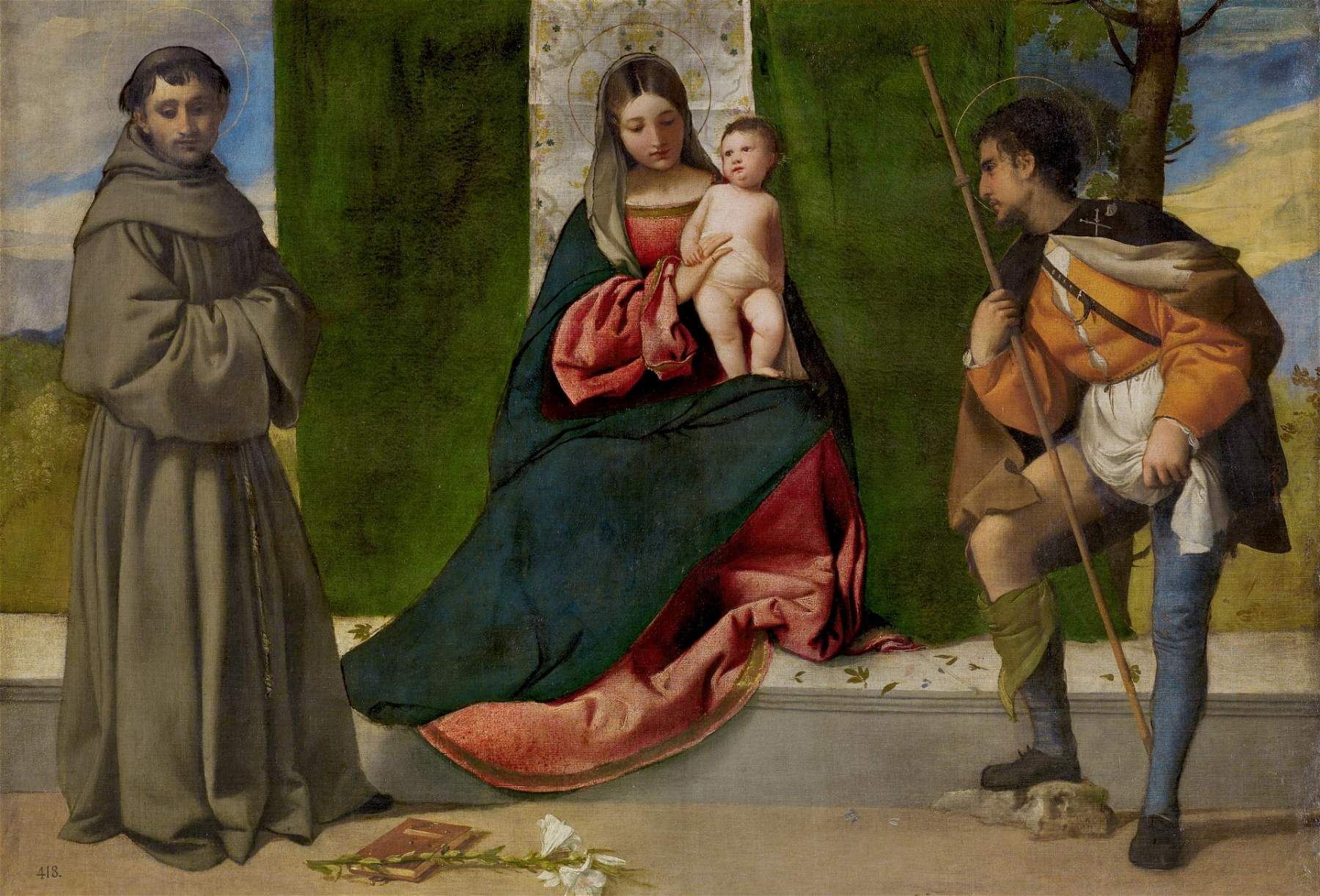An exhibition in Venice on the young Titian and his breakthrough year
In 1508, in a Venice dominated by the celebrated Giovanni Bellini and Giorgione, the figure of Titian began to emerge, soon to surpass the fame of both. That, in fact, is a watershed year, not only for Titian’s career, but for the whole of Venetian and, in some ways, European art. It is at this time that the young Cadore artist, almost 20 years old, demonstrates his talent through such important public undertakings as Judith with the Head of Holofernes, a fresco painted on the side facade of the Fondaco dei Tedeschi that, because of the vividness of the hues and the grandiose setting, left his contemporaries and, later, posterity incredulous.
It is precisely around the events surrounding the painter around this year that the exhibition Titian 1508 focuses. At the Beginnings of a Luminous Career, curated by Roberta Battaglia, Sarah Ferrari and Antonio Mazzotta. The exhibition, on view at the Gallerie dell’Accademia in Venice from Sept. 9 to Dec. 3, 2023, recounts the birth of the talented artist through 17 autograph works by Titian and a dozen comparisons with paintings, engravings and drawings by artists contemporary with him such as Giorgione, Sebastiano del Piombo, Albrecht Dürer and Francesco Vecellio. Among the works on display are important loans, for example the large print of the Triumph of Christ from the Bibliothèque nationale de France, the Risen Christ from the Uffizi, the Madonna and Child between St. Anthony of Padua and St. Roch from the Prado Museum, and the Baptism of Christ from the Capitoline Museums.
The itinerary aims to help visitors understand the artist’s extraordinary ability to quickly assimilate different cultural components (particularly Giorgionesque, Düreresque, and Michelangeloesque) and direct the Venetian pictorial language toward a mixture of naturalism and classicism.
Many works are rediscovered through new research, scientific investigation, and restoration. The combination of these pieces has often led to interesting revelations, as in the case of the panel l’Angelo con tamburello, from the Doria Pamphilj Gallery in Rome and shown for the first time in an exhibition. This painting is a fragment of an altarpiece that was originally located in the Church of the Servants in Ferrara, but was later dismembered.Research for the exhibition identified the other possible fragments in a Madonna and Child Enthroned, preserved in Russia, and a Saint Francis, located in a French museum.
Like archaeologists, curators dig up evidence from the past to defend and prove their theses, as is the case with the Archangel Raphael and Tobiolo in the Gallerie dell’Accademia. The painting, according to Giorgio Vasari, who in the second edition of the Lives reports information he received from Titian himself, would have been executed precisely in 1508. This grandiose image, chosen for the cover of the catalog published by La Mandragora, expresses all the strength of the Cadore artist in his early youth. On display alongside it will be the other version of the Archangel Raphael and Tobiolo, painted later by Titian for the church of San Marziale and graciously loaned by the Patriarchate and Curia of Venice.
These are just a few of the many stories that tell of Titian’s beginnings, early 16th-century Venice, the relevance of the patrons and the many cultural influences the artist acquired. It was precisely in 1508 that the Cadore native began to all intents and purposes a public career that would, shortly thereafter, transform him into the official painter of the Serenissima Republic and an indispensable point of reference for the history of art of that era and the following centuries.
“A research exhibition that sets itself the important goal of bringing new light and new arguments to the critical debate on Vecellio’s auroral activity,” comments Academy Galleries director Giulio Manieri Elia. “An exhibition that we can define as a dossier dedicated to a phase, perhaps less known, of his production, but which is already rich in premises, achievements and masterpieces, proper to an unparalleled artistic personality.”
For all information you can visit the website of the Gallerie dell’Accademia in Venice.
Image: Titian, Madonna and Child between Saints Anthony of Padua and Rocco (c. 1510; oil on canvas, 92 x 133 cm; Madrid, Prado)
 |
| An exhibition in Venice on the young Titian and his breakthrough year |
Warning: the translation into English of the original Italian article was created using automatic tools. We undertake to review all articles, but we do not guarantee the total absence of inaccuracies in the translation due to the program. You can find the original by clicking on the ITA button. If you find any mistake,please contact us.




























